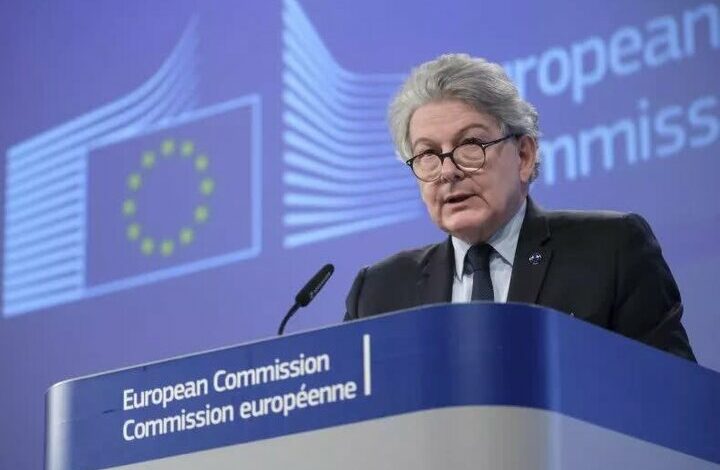The European Union seeks to reduce dependence on American weapons

| The European Union is looking to increase the production of weapons to get away from the American weapons |
reported by
The aim of this plan will initially be to increase the production of weapons by allocating 1.5 billion euros or about 1.63 billion dollars from the current budget of the European Union. Breton has previously said that Europe would need to spend 100 billion euros ($108.5 billion) to truly compete with the U.S. defense industry.
Margaret Vestager, the EU’s competition commissioner, said the initial investment was “not a lot of money” but argued that the plan would pave the way for Europe to take “more responsibility” for its security. .
Vestager also stressed that the increase in arms production is actually a form of insurance against former US President Donald Trump potentially abandoning Ukraine and NATO if he returns to the White House. .
We must take more responsibility for our security and remain fully committed to the NATO alliance, Vestager said, according to the AFP news agency. We need to get the transatlantic balance right regardless of the electoral components in America. Improving the ability to act will make us a stronger ally.”
Vestager said that bulk purchases of weapons from outside Europe are “no longer sustainable” for EU countries, noting that “almost 80 percent” of the weapons the EU has acquired since Russia’s operation in Ukraine He bought on February 24, 2022, it was from outside the European Union, 60% of which was from America.
Based on this initiative, EU members are required to spend at least half of their defense budgets on European-made weapons by 2030, and this target will increase to 60% by 2035. . This effort will be bolstered by tax cuts and new mechanisms to encourage arms trade within the EU.
While the US has been the largest provider of military aid to Ukraine, aid has declined this year. The additional $60 billion aid requested by US President Joe Biden is still pending in Congress after months of partisan differences.


